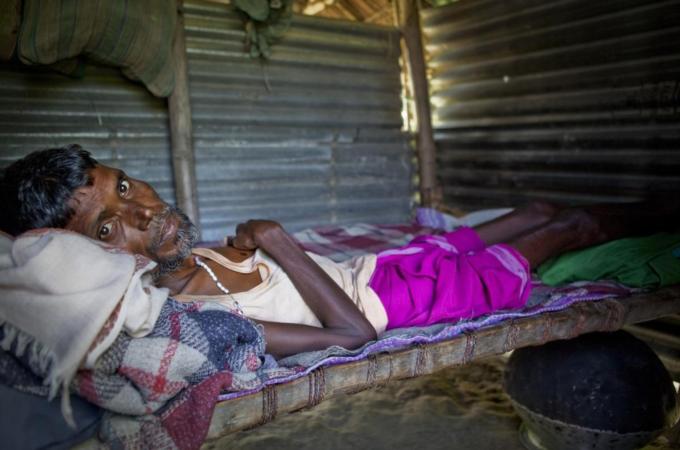By Silkie Carlo
“There were times when I thought it would never happen,”
Coleen Rowley, a former FBI agent, said about her recent trip to Moscow.
“I’m still amazed.”
I too was amazed when I received an encrypted email at
2am one recent October morning, with a photo of her and three other
whistleblowers standing shoulder to shoulder with one of the most wanted
men on the planet.
When...













